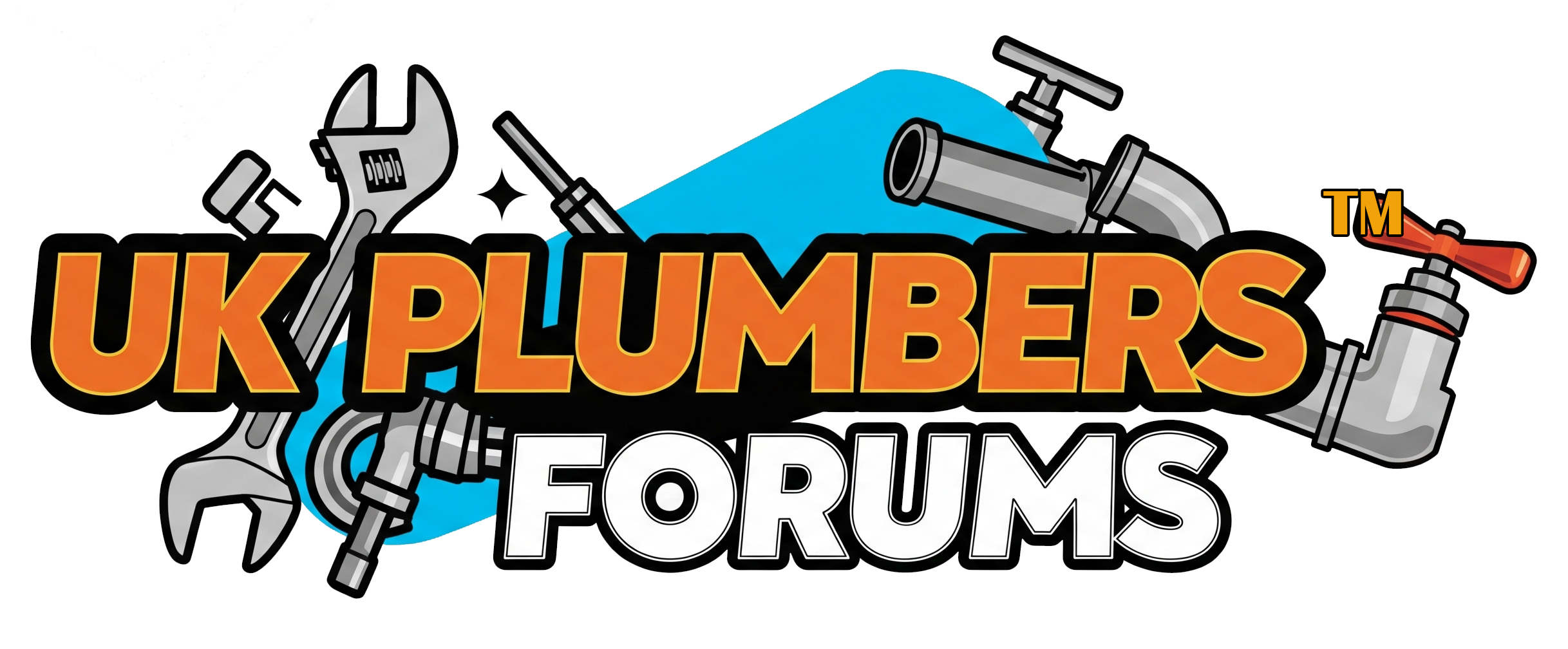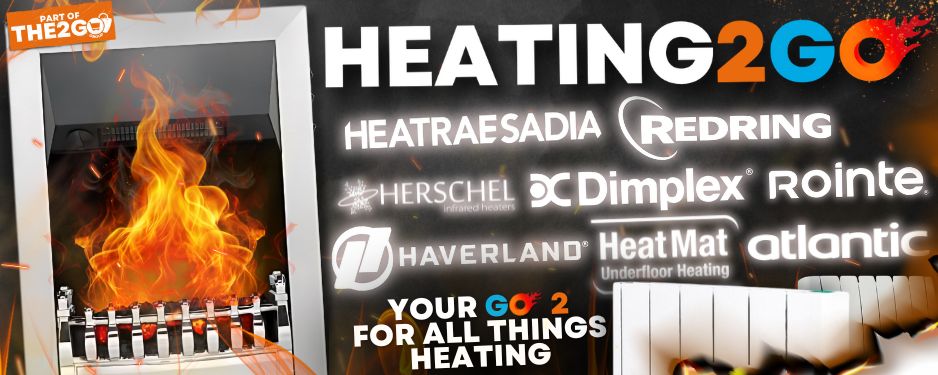Hi, Guys,
Retired from the trade, I had a "major supplier" fit a kitchen recently. Their plumber's work was appalling. The kitchen fitting company couldn't see a problem. Let's have a few opinions here. The plumber was about 28, had been working for 8 years, and he did this passover bend-

Yes, hot and cold touch... No worries, eh? Yes, really it's just aesthetics, but if he'd been in my classes, he'd have failed NVQ1...Then he did this-

Has this become acceptable? Aside from anything else, he soldered the tee above the valve in situ, exposing the plastic/rubber parts to heat, which I'd not ever consider doing... Taking an extreme example of this into account, has anyone else encountered a plastic WC cistern valve tail that had been subjected to heat, and which had become embrittled? I have, snagging on big developers' sites... Time to get out a brass tap extender for a quick, dirty, fix... (no, I'd change the filler valve... For a brass tailed one)
Of course, he soldered isolation valve connections while connected to isolators for the kitchen taps and garden tap, too. I know why some guys do it, it's to ensure the valves are perpendicular/vertical , but the dozy bugger didn't even achieve that, the valves isolating the kitchen taps are angled away from the vertical, and at different heights, too.
The kitchen company can't see an issue. (I had to explain to a partner in the company what he was looking at in the second pic...) Am I too fussy? Would his work get him a pass at college nowadays?
Cat, pigeons...
Retired from the trade, I had a "major supplier" fit a kitchen recently. Their plumber's work was appalling. The kitchen fitting company couldn't see a problem. Let's have a few opinions here. The plumber was about 28, had been working for 8 years, and he did this passover bend-
Yes, hot and cold touch... No worries, eh? Yes, really it's just aesthetics, but if he'd been in my classes, he'd have failed NVQ1...Then he did this-
Has this become acceptable? Aside from anything else, he soldered the tee above the valve in situ, exposing the plastic/rubber parts to heat, which I'd not ever consider doing... Taking an extreme example of this into account, has anyone else encountered a plastic WC cistern valve tail that had been subjected to heat, and which had become embrittled? I have, snagging on big developers' sites... Time to get out a brass tap extender for a quick, dirty, fix... (no, I'd change the filler valve... For a brass tailed one)
Of course, he soldered isolation valve connections while connected to isolators for the kitchen taps and garden tap, too. I know why some guys do it, it's to ensure the valves are perpendicular/vertical , but the dozy bugger didn't even achieve that, the valves isolating the kitchen taps are angled away from the vertical, and at different heights, too.
The kitchen company can't see an issue. (I had to explain to a partner in the company what he was looking at in the second pic...) Am I too fussy? Would his work get him a pass at college nowadays?
Cat, pigeons...


